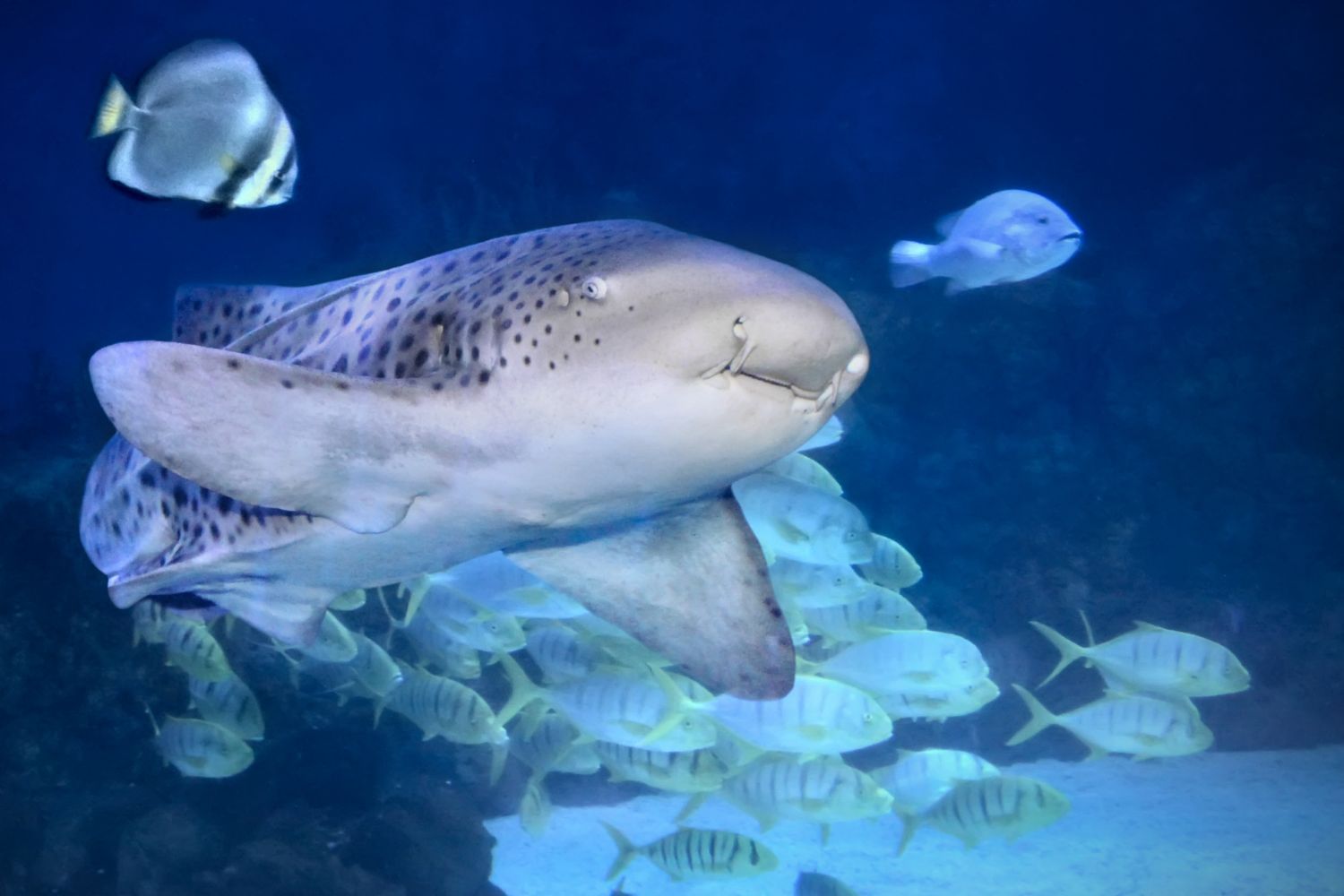Forget the "classic" pets. With new trends promoted by social media, the fashion of owning sharks as pets in common aquariums within four walls is spreading, but at what cost? That of indulging our vanities without realizing how and how much we are disrupting at our whim the balance of the Planet that hosts us

Goldfish, step aside. Sharks are the new pets of the moment, kept in home aquariums and cared for just like any other companion animal. And no, this isn’t a joke, as absurd as it may seem.
It’s the latest trend sweeping across the United States and other countries, where instead of introducing friends, relatives, and contacts to the usual puppy or kitten, people are now showing off a shark. Social media is fueling this phenomenon, where every novelty catches on and attracts hundreds if not thousands of followers.
A quick scroll through TikTok reveals, among improbable AI-generated content, unboxing videos of packages and shipments containing live sharks purchased from who knows where, tutorials showing the construction of tanks of varying sizes in living rooms dedicated to them. These videos, however, are more real than ever.
@bonita__gabby Part 2: WE GOT SHARKS AT HOME, UNBOXING 🦈🦈 #fyp #shark #aquarium #fish #fishtok #bonita__gabby #aquariumfish #fishtankaquarium
These aquariums sometimes confine zebra sharks Stegostoma tigrinum, catsharks from the family Scyliorhinidae spp, specimens of Hemiscyllium ocellatum, and others. All small-sized sharks confined to domestic aquariums for the rest of their days for the joy of their wealthy owners, certainly not their own.
@lehuamisako And they are so cute!🥹✨🦈 #sharksoftiktok #saltwatertank #predatortank #fishtanksoftiktok #bandedcatshark #epauletteshark
Thanks to the web and a good dose of recklessness, sharks seem to have become the new must-have pet as well as a status symbol. Owning one or more creates hype, generating in others the desire to acquire a wild predator because saying you have a real shark at home is certainly not like saying you have a stuffed one.
This trend, however, has serious implications for sharks and their welfare, but not everyone seems to understand this or wants to open their eyes.
What are the consequences?
There are countless factors to consider and risks for the species victimized by this business. Although no animal should deserve to spend its entire life in a tiny tank, sharks are certainly the least suitable to have at home in this regard.
Home aquariums, even if equipped with everything, neither constitute nor remotely resemble a shark’s true habitat, an environment where boundaries don’t exist. Transferring them to a limited space can inevitably cause high levels of stress in the animals, ultimately affecting their health. This also applies to benthic sharks, which can spend relatively long periods without swimming.
Then there’s the significant impact this trend has on wild sharks. Although some specimens can be purchased at ridiculous prices in specialized stores, others might come from much darker circles, fueling a dangerous trade for the species.
It cannot be ruled out that some sharks for sale may have been captured in the wild to end up in someone’s aquarium, dealing another hard blow to the survival of already fragile populations. If demand continues to grow, this fear could quickly turn into certainty.
Experts and animal rights activists recommend full awareness when getting a pet, but in the case of a shark, they strongly advise against following this trend. Sharks are undoubtedly fascinating predators essential to the ecosystem, but that doesn’t authorize us to relegate them to an aquarium.
Let’s repeat it together: sharks are not pets and should not be treated as such.
